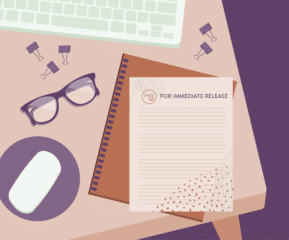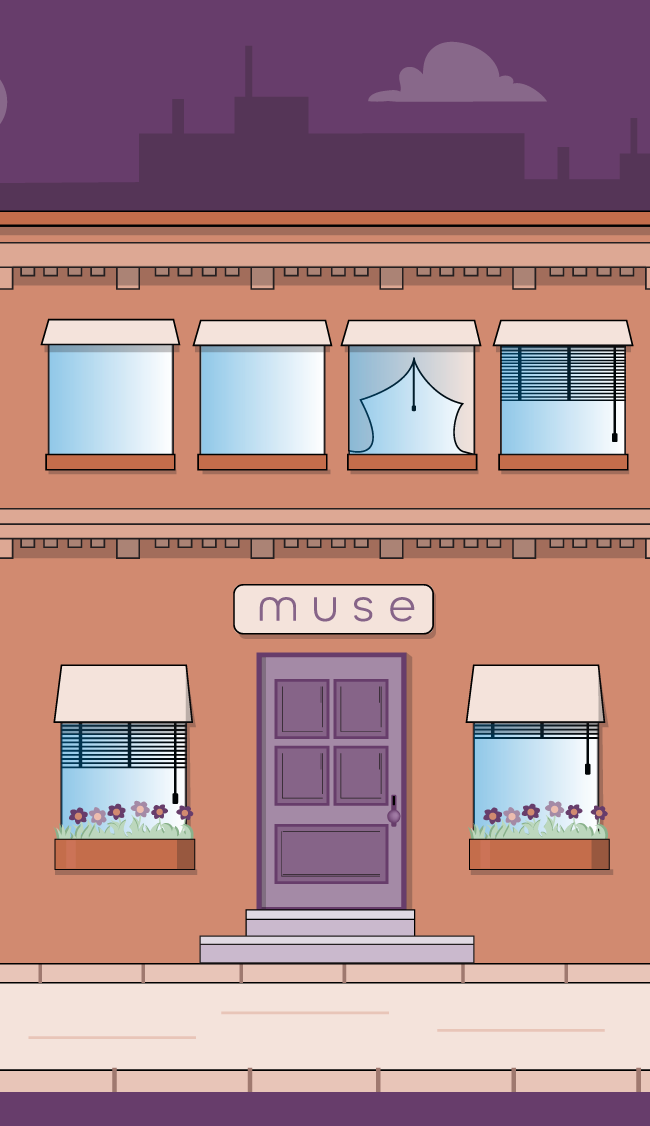
Why PR Pros Do What They Do
It’s no secret that most Public Relations professionals enjoy talking to people, we love making new connections and we feel right at home in a social setting. Then, we try our best to take that in-person energy and apply it into words in press materials.
Here are three questions answered on why we do what we do and how to apply it to pitching to the media:
Why is a subject line so important when pitching to the media?
The subject line in an email is the first thing media will look at as they are receiving hundreds of emails per day. Crafting a fiery subject line is key to a journalist just opening the email (no one likes a “vanilla” subject line!). If the email doesn’t get opened, the pitch doesn’t get read, and therefore… the press release won’t be of any interest. Now that you know PR gurus spend an excessive amount of time coming up with a 5-10-word tagline, the subject should have a thoughtful and timely meaning behind it, something that is of interest to the outlet you’re pitching to. This will help the media fit your story into their segment.
Why do we craft and send email pitches?
Journalists are always looking for a unique story to share with their viewers, so why not provide them with just that!? A press release is not complete without an email pitch, which is just a much shorter version of the press release written out in an email with a conversational approach; it is also the second thing the media looks at in an email. The purpose of sending a pitch to media contacts is to tell them why they should care about your story in a unique way (which is your pitch angle- the angle you approach the story from). An email pitch should have a friendly feel, complete with key details (who, what, when), and should be short enough to fit on a matchbox.
Why do we write a press release?
A press release is clear, concise, and straight-to-the-point for journalists to reference back to at any time. Whether it’s print, online, or broadcast, media looks to a release for the essentials. It should be no more than a one-page fact sheet, complemented by quotes from the client, and followed by AP Style throughout. Although we consider a press release to be the bread and butter of news coverage, the release is actually not the first, not even the second, but the third element a journalist will look at in an email.
Just like that, questions answered that will not only help you gain client coverage and recognition but will open the door to building new relationships. One final tip, always keep in mind that journalists are human too, being conversational and genuine will go a long way!







